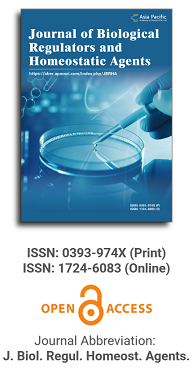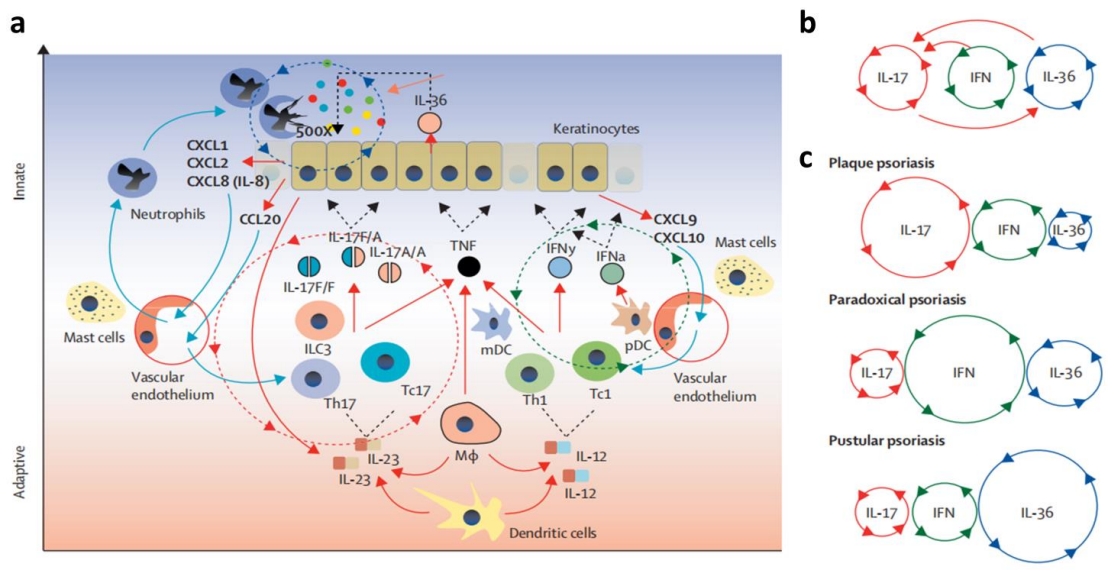
Asia Pacific Academy of Science Pte. Ltd. (APACSCI) specializes in international journal publishing. APACSCI adopts the open access publishing model and provides an important communication bridge for academic groups whose interest fields include engineering, technology, medicine, computer, mathematics, agriculture and forestry, and environment.

Platelet rich plasma grafting technique combined with trans-sinusal post-extractive implants placement in the posterior maxilla: a technical report and brief literature review
Vol 34, Issue 6S2, 2020
Abstract
The atrophic posterior ridges are usually characterized by poor bone quality and quantity: this situation requires the use of bone regenerative techniques. Other alternative surgical approaches are investigated. Nowadays the use of trans-sinus implants offers some advantages due to its feasibility. Today, bone grafting may be practical, but depends on many factors, such as the type of bone graft used (autogenous, alloplastic, or xenograft), host response, age of the patient, various complications associated with grafting procedures, infection, and, most importantly, the time spent while the grafted material matures and is taken up by the bone. So, this case report describes the feasibility of an alternative surgical technique associated to PRP (Platelet Rich Plasma).
Keywords
References
Supporting Agencies
Copyright (c) 2020 F. Gelpi, D. De Santis, U. Luciano, A. Bertajola, F. Bernardello, T. Zambotti, G. Causarano, M. Zarantonello, A. Iurlaro, A. Poscolere, N. Modena, F. Zotti, C. Alberti, A. Zangani, G. Capocasale, D. Donadello, P. Faccioni, M. Finotti

This site is licensed under a Creative Commons Attribution 4.0 International License (CC BY 4.0).

Medical Genetics, University of Torino Medical School, Italy

Department of Biomedical, Surgical and Dental Sciences, University of Milan, Italy

